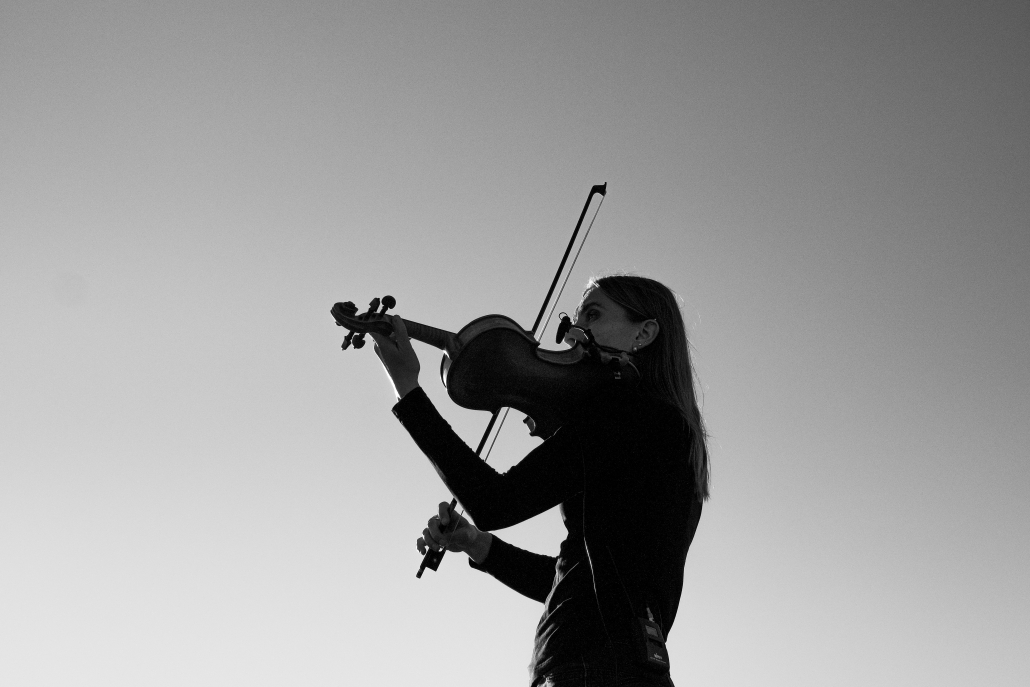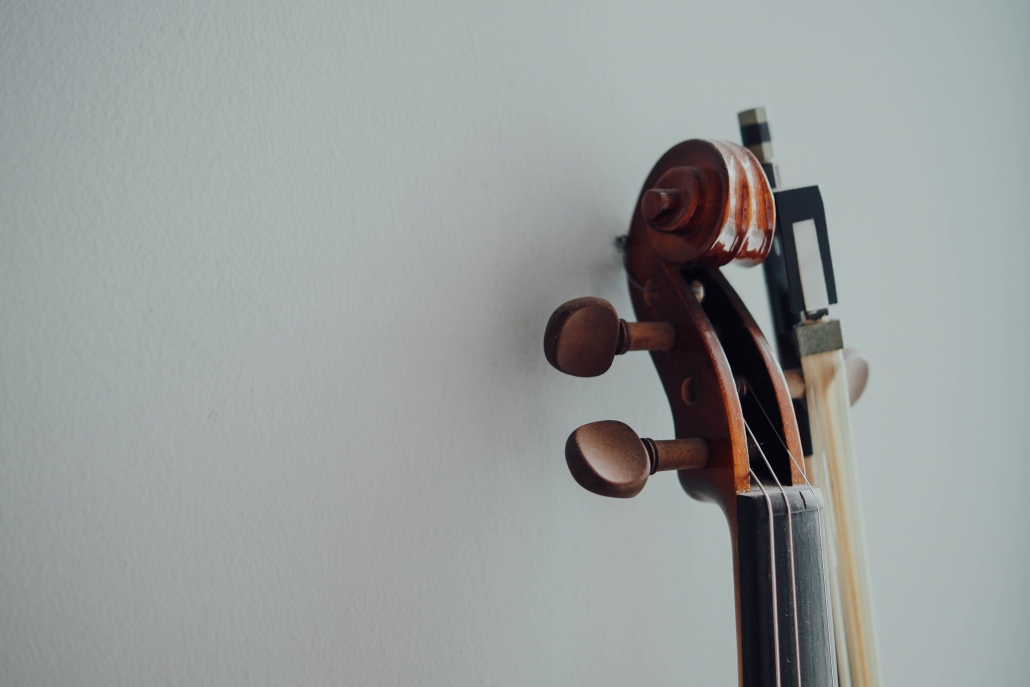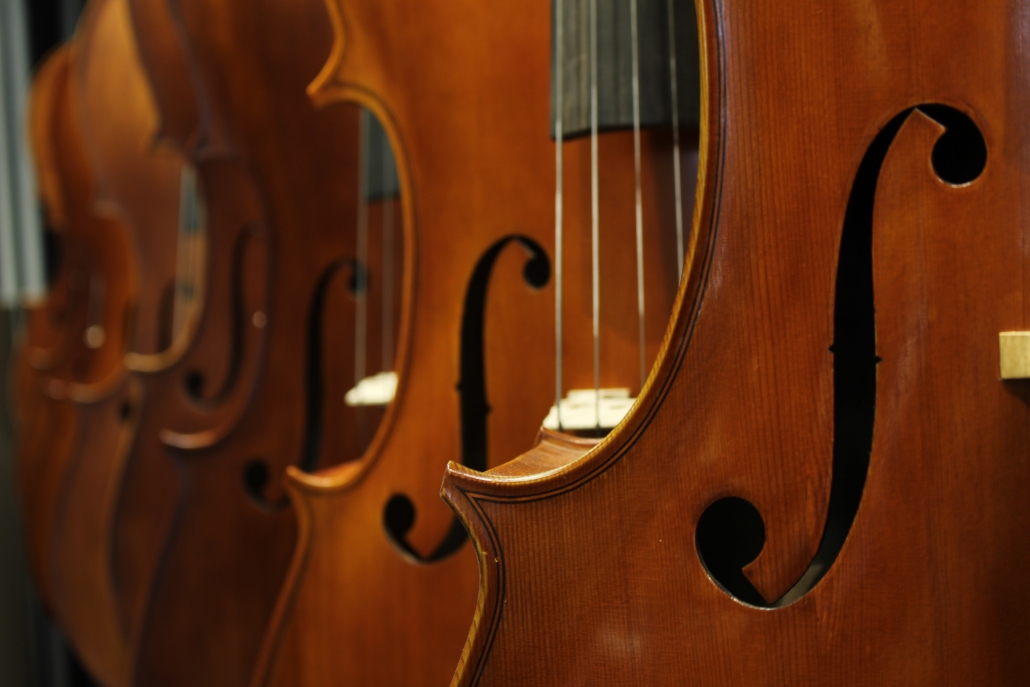 Purchasing a violin is a great investment, but it’s not always the easiest task. Should you buy it used or new? What manufacturers or models are the best? What’s the deal with student violins? There’s a lot to consider! To help you get started, here’s an excerpt from a great article on the Beginner Violin Tips website, detailing the 10 things you need to know before buying a violin from a shop.
Purchasing a violin is a great investment, but it’s not always the easiest task. Should you buy it used or new? What manufacturers or models are the best? What’s the deal with student violins? There’s a lot to consider! To help you get started, here’s an excerpt from a great article on the Beginner Violin Tips website, detailing the 10 things you need to know before buying a violin from a shop.
So without further ado, here are our 10 best tips to follow when buying a violin.
What Violin Should a Beginner Buy?
When you are thinking of buying a violin, you may want to put some weight into the brand – there are a few top-notch violin brands to consider, including:
- Knilling
- Stradivarius
- Gliga
- Fiddlerman
- Franz Hoffman
- Scott Cao
- Carlo Lamberti
There are other considerations you’ll need to make beyond just the brand, though. Be sure to ask your violin teacher for recommendations when you’re buying a violin – that way, you can be sure that you’re getting a great value for your money. Your teacher can also show you how to tune your instrument, as you’ll see in the demonstration below:
How Do I Pick the Right Violin?
Ready to start shopping for a new violin? Here are some questions to ask yourself.
1. What is a Good Price for a Violin?
Address price range and quality first – good quality intermediate violins usually start at around $500.
If this is over your budget and you are looking to buy your first violin, we recommend ordering an inexpensive violin online rather than getting a less expensive instrument from a violin shop.
It’s just not worth it. University-level violins usually start around $1,500 and professional violins start around $3,500. Again, if you are a beginner and are looking to buy your first or second violin, you most likely do not need to look in these ranges.
Usually it’s a good idea that you don’t tell the dealer your price range. If you do, they may instantly mark up the price of each violin they hand you unless each one already has a price tag physically attached to it. Don’t change your price range just because a particular violin shop doesn’t have a violin you like in that range. Just visit a different dealer.
Above all else, do not feel pressured to buy. There are lots of great violins out there. Take your time and make sure that the violin you buy is one that you really like. Don’t let anyone else talk you into anything you are unsure of.
2. Can I Try the Violin First?
Yes! Try before you buy.
Never buy a violin without trying it and many others first! It is absolutely normal to request to try out violins at the shop. Many shops actually have practice rooms for that exact purpose.
Bring several bows with you to try out. You will most likely have to buy a violin bow and a violin case separately, as they are usually not included in the price of the violin. Mix and match bows with violins to make sure you find a combination you like. For more information on buying a violin bow, see our article on the topic.
3. Can I Take it Home?
Most violin shops are very generous about letting you borrow a violin (or several) for up to 2 weeks. This allows you to visit multiple shops, bring several violins home, and try all of your favorite violins from several shops side-by-side. This is the best way to determine the right violin to buy (although don’t feel as though borrowing the violins obligates you to buy).
4. Where Can I Buy a Violin?
Wondering where to buy a violin? That’s a great question!
But first, consider whether renting might make more sense. As a beginner student, you might feel tempted to rent a violin instead of going through the effort of buying a violin. That’s especially true if you’re buying a violin for a young child – they tend to change their minds quite often!
That said, buying a violin almost always makes more sense than renting one. That’s because long-term rental fees add up quickly, so an entry-level violin can often be purchased for less than what it would cost to rent one for the year.
Not only that, but violins hang on to their value quite well. A higher-quality violin might even appreciate over time instead of depreciating! As you might expect, rental violins often aren’t in the best condition, either.
So if you’ve settled on buying a violin instead of renting, where can you actually get one?
Most music stores carry violins or can order specific models if you’re looking for something that’s not on the shelves. You can also buy violins online and of course, buying used is another option, too.
5. Where Can I Buy a Used Violin?
Don’t want to spring for a brand-new violin? Although it’s easy to find affordable new models for sale, you don’t have to buy an expensive instrument if you’re on a budget. You can buy a used violin that costs just a few hundred dollars or less online, through local swap meets and online auction sites, and even by contacting your local music store (they often keep used violins in stock, too).
How much does it cost to buy a used violin? Usually, you can expect to pay about half the price of a new model or sometimes less (you can find used violins as cheap as $70, in some cases).
6. What is a Good Brand of Violin to Buy?
There are many different violin brands out there to choose from. When you’re thinking about buying a violin, ask your instructor or other violinist friends about which ones they’d recommend.
Some good names to consider include:
- Gliga
- Fiddlerman
- Franz Hoffman
- Knilling
- Carlo Lamberti
- Scott Cao
There aren’t too many violin brands you should avoid, but some experts recommend steering clear of Cecilio and Mendini violins, which have a tendency to go out of tune.
7. What Type of Violin Should I Buy as a Beginner?
As a beginner, a Fiddlerman Concert, Genova, or Gliga Gems 1 model of violin tends to be the best. These are great for all beginners, particularly children. The Gliga Gama is another top choice.
8. Can I Buy a Violin Online?
You can absolutely buy a violin online – this is something that many players do to get the best deal no matter where they live. You’ll always pay more for a violin if you frequent a music store. Plus, you’ll have to deal with salespeople who can be pushy and may not always have the clearest idea of what you want.
Since you can buy exactly what you’re looking for and read independent reviews, you’re more likely to find an instrument that better suits your needs online, too.
9. What Kind of Tonewood Should I Look For When Buying a Violin?
Tonewood plays a big role in how much each individual violin costs. The quality of each kind of wood varies, and each violin will typically contain multiple kinds of tonewood.
Spruce is a favorite tonewood for violin soundboards since it’s strong, dense, and stiff. Its density creates far better resonance than more porous woods. You’ll also want to consider the beauty of the grain – spruce often has the most elegant and beautiful appearance.
Other woods to consider include acacia, koa, maple, and more.
10. Should I Buy an Acoustic or Electric Violin?
Finally, consider whether buying an acoustic or electric violin is right for you. Most people spring for acoustic violins as they’re just getting started. These have a warm, resonant sound and are perfect for beginners.
Depending on the type of music you like to play, though, an electric violin might make just as much sense. The playing dynamics are similar, so transitioning from one instrument to the other in the future shouldn’t be too challenging.
What to Know Before Buying a Violin
Ultimately, following the tips above should help you find the right violin, regardless of which type of violin you are buying or what your budget might be. There’s no single best instrument for everyone – ask yourself the questions we mentioned above to get an idea of what exactly you’re looking for. Don’t be afraid to ask more questions at the music store, either!
Still not sure what to look for? You can read more tips for buying a good violin here. Of course, taking classes with a violin instructor is one of the best ways to get an idea of what kind of instrument is best for you, too.
Have fun shopping!
Like this post? Don’t miss out on any of our tips, tricks and advice! Sign up for a free email subscription and receive our updates!
You might also like…
– Why It’s Never Too Late for Violin Lessons
– Timing and Syncopation for Fiddlers
– Your Top Violin Struggles – Solved!
Photo by Ivan McClellan
Suzy S.



